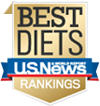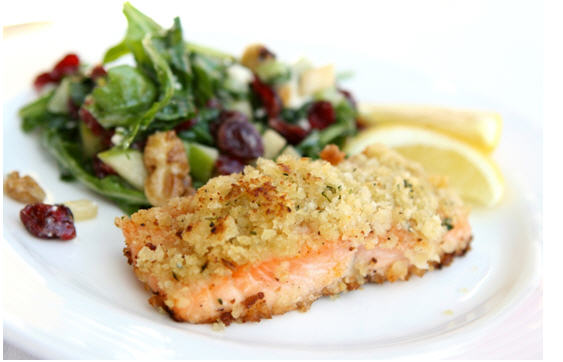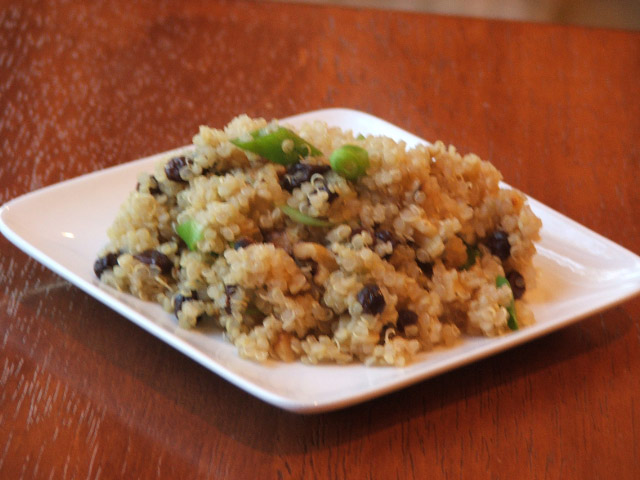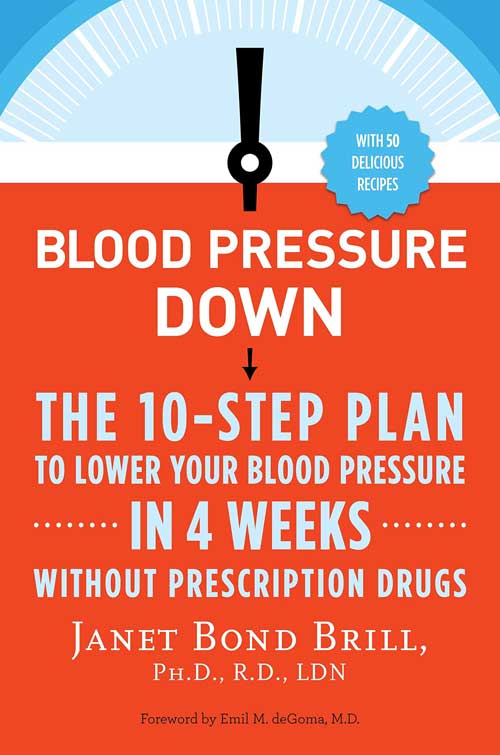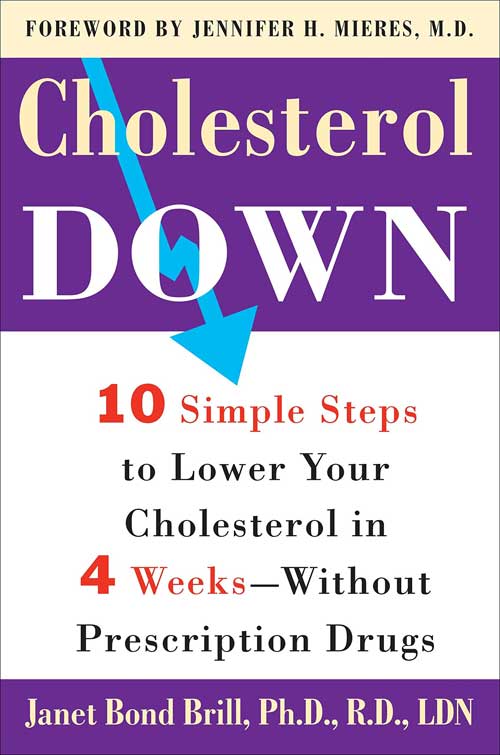By

Q: I am in my early 30’s and was told by my primary care physician that my LDL cholesterol level was a little too high, but not at risk. Should I focus more on my diet or my fitness level to moderate my LDL?
A: Great question, as this is a topic very dear to my own heart!
Considering that cardiovascular disease (CVD), which includes heart disease and stroke, is far and away the leading cause of death and disability in American men and women (killing as many people each year as all forms of cancers, lung disease, diabetes and accidents combined), it would behoove all Americans, young and old, male and female, to live a heart-healthy lifestyle.
This involves fine-tuning both your diet and your exercise habits, which together favorably impact your LDL, or “bad,” cholesterol level.
The first step in preventing CVD is to sit down with your personal physician and assess your risk factors. LDL cholesterol is the most established risk factor for CVD. You and your doctor will come up with your personal LDL goal, as your LDL goal really depends on your risk status: the higher your risk, the lower your goal.
According to the American Heart Association, the “optimal” goal for LDL cholesterol—for the prevention of heart disease—is less than 100 mg/dL. An LDL of between 100 and 129 mg/dL is defined as “near or above optimal.”
If your LDL is too high, what should you do? Because lifestyle changes (diet and exercise) remain the foundation for cardiovascular disease prevention and cholesterol control, the answer to your excellent question is to focus on both diet and exercise to lower your LDL cholesterol level.
In my book, Cholesterol DOWN, I provide a simple diet and exercise plan that includes nine “miracle foods” and 30 minutes of walking a day that can lower your LDL cholesterol by as much as 47% in just 4 weeks.


